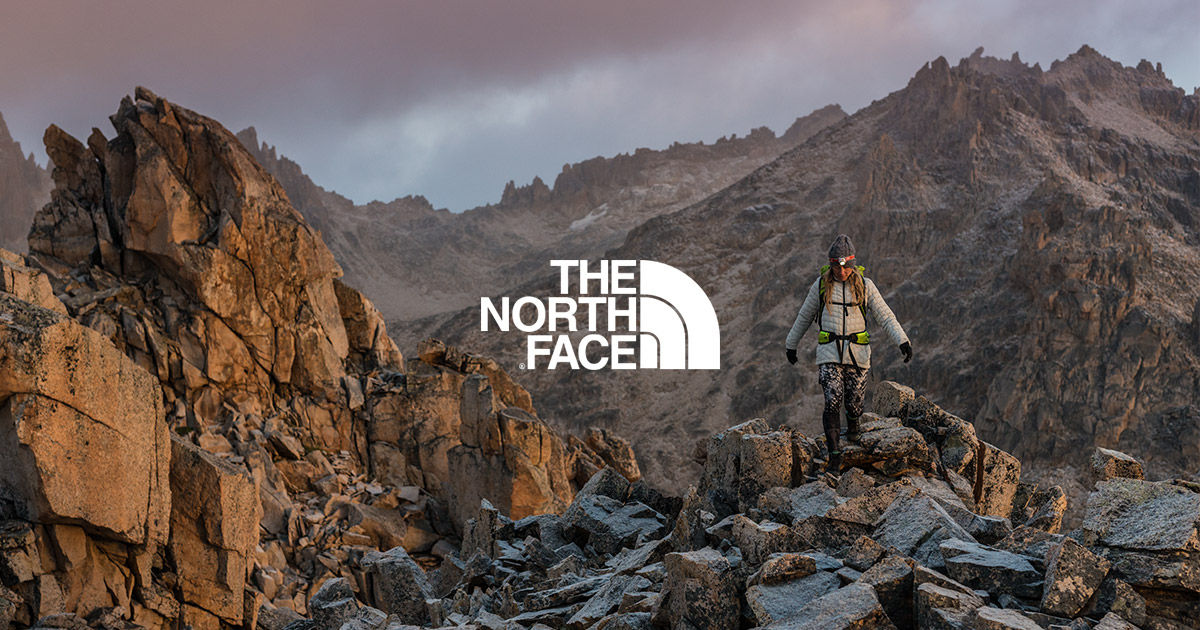
Scenario One

Scenario one will be implementing the method to clean wastewater within the dyeing process of the company The North Face. Before the scenario is explained a clear description of the method is below -
Process to clean wastewater –
A factory in Belgium are currently testing a method of cleaning dye effluent that could revolutionise the industry and lead the way to creating a more sustainable and environmentally friendly industry (euronews Knowledge, 2017).
Firstly, a process called Electrocoagulation is used to eliminate colourants from the dye effluent, reverse osmosis is then used on the water to eliminate salts; the result of this complete process is colour and salt free water(euronews Knowledge, 2017). The process removes 91%/96% of the colourants and the chemicals with nearly 100% of the colour removed. This enables the business to recycle the water they use within the dyeing process by creating a closed loop in which water is constantly recycled, an innovation that could reduce the environmental impact the process has immensely (euronews Knowledge, 2017). Through recycling the water used within the process water intake can be reduced by 75% or more, in addition to this the process also stops effluent water being discharged as municipal waste water (euronews Knowledge, 2017). This indicates that if used on a larger scale within dye-houses such as those within India and China dye effluent water would no longer be released in to local water sources therefore making the water safer for those in surrounding areas whilst also reducing the chemical strain on the environment (euronews Knowledge, 2017). Although, ideally this process could make a huge impact within the fashion industry with regards to introducing a sustainable way to dye garments it is still only at the testing stages, however is currently being tested on a larger, factory wide scale as opposed to being tested on effluent water samples (euronews Knowledge, 2017). As it is only on the testing stages it can be assumed that it may take some time to be adopted industry wide, especially with regards to dye houses in India and China that operate on a huge scale. Furthermore, although it is not explicitly stated within the research it may be assumed that the introduction of this technology would incur great costs for the factories, however in the long term may help them to save money as they will be reducing their water intake by 75% or more (euronews Knowledge, 2017). In addition to this it could help the factories and brands using these factories increase their competitiveness as a Mintel report shows 40% of Women aged 16-24 are interested in eco-friendly fabrics and are looking to see these used within their clothes (Goody, 2017). This suggests that there is a personal benefit to be gained by the factories becoming more sustainable as well as an overall environmental and human benefit.
The video below will showcase this process -
(euronews Knowledge, 2017)
The Scenario -
Within this scenario The North Face will introduce this technology within the dyeing process of the production of their cotton garments. The North Face would be the perfect company to launch this technology in to their supply chain as they are a brand dedicated to embedding sustainability in to their products and highlight to consumers on their site that they endeavour to cut down on bad chemicals used within their manufacturing (The North Face, n.d.). Not only would introducing this technology assist them in bettering their CSR reputation but it would also enable them to gain a competitive advantage over possibly their biggest rival, Patagonia (Meltzer, 2017). Both businesses share an ethically minded consumer with enough disposable income to make considerate purchases therefore it is essential for The North Face that when this consumer is considering their options and choosing between The North Face and Patagonia, The North Face succeed in appearing as the more sustainable brand (Meltzer, 2017). Patagonia already have a collection in which natural dyes are used therefore a collection in which all cottons are dyed using this wastewater process could be introduced by The North Face to rival that collection (Patagonia, n.d.). Although as earlier mentioned introducing this process would be expensive and incur costs for the business however The North Face should have the flexibility to increase their prices slightly to reflect these costs as they are selling to consumers who are willing to pay that bit more for the ethical benefits (euronews Knowledge, 2017)(Meltzer, 2017). Although it is important to bare in mind that this is a risk as it is not guaranteed that consumers would be willing to pay higher prices which could result in The North Face losing customers to competitors such as Patagonia.
